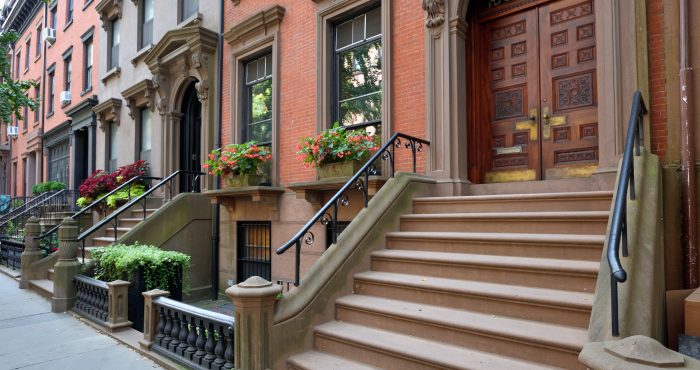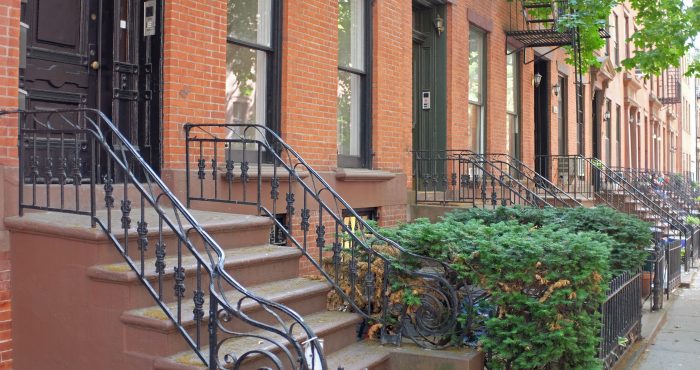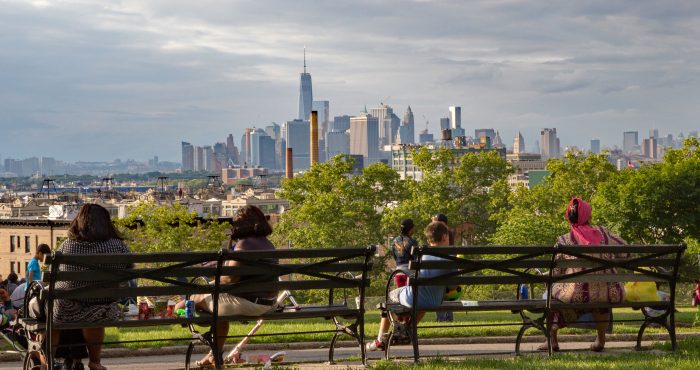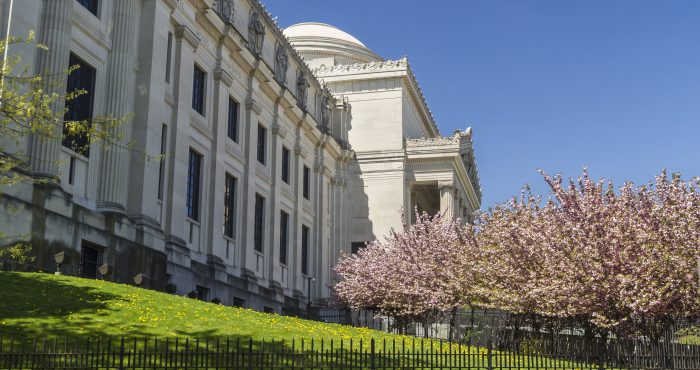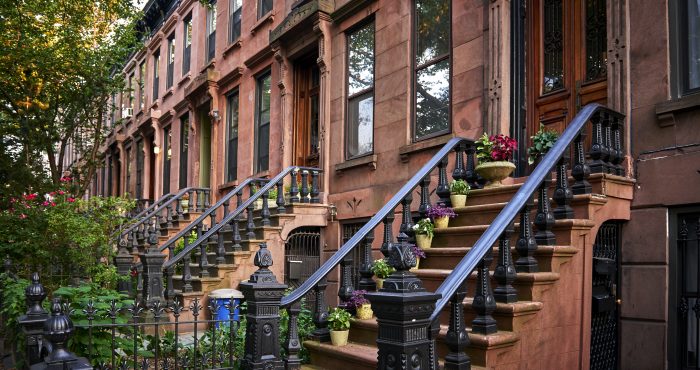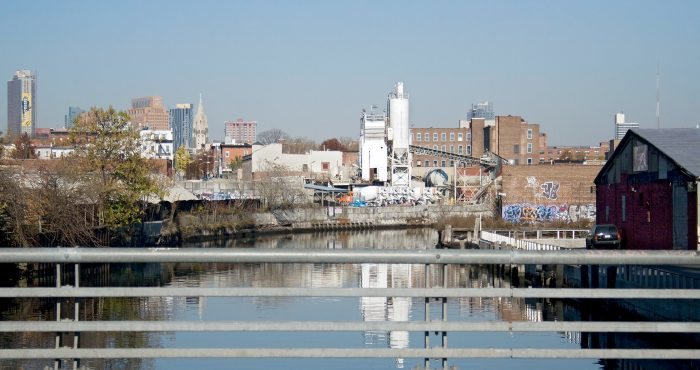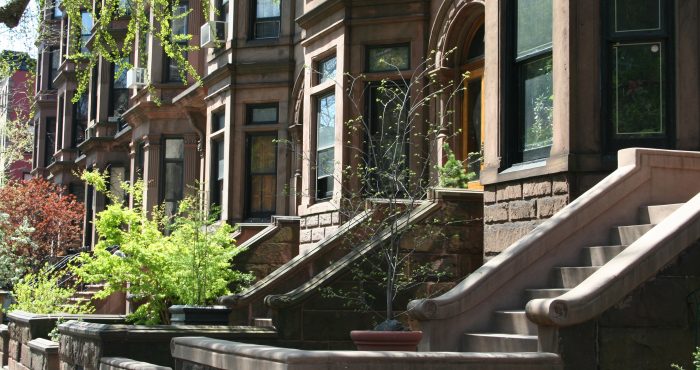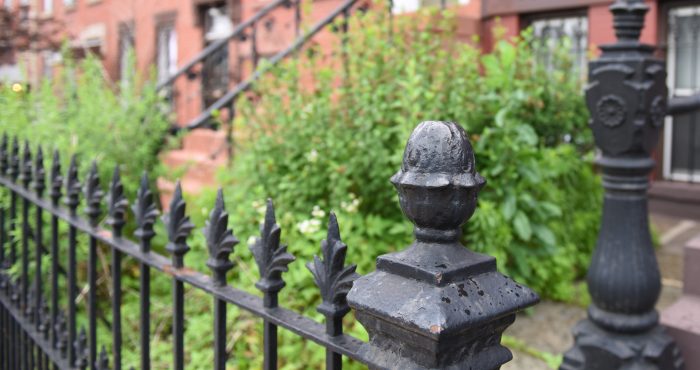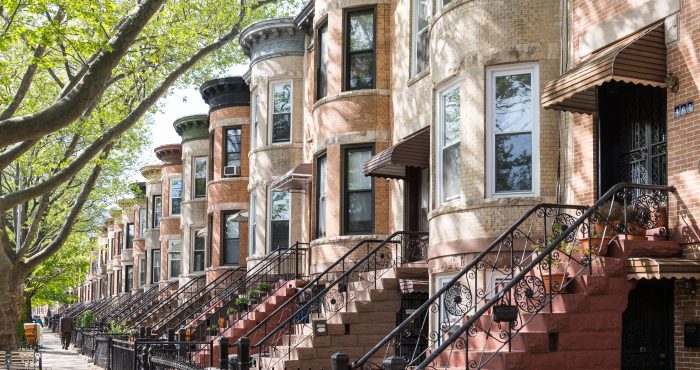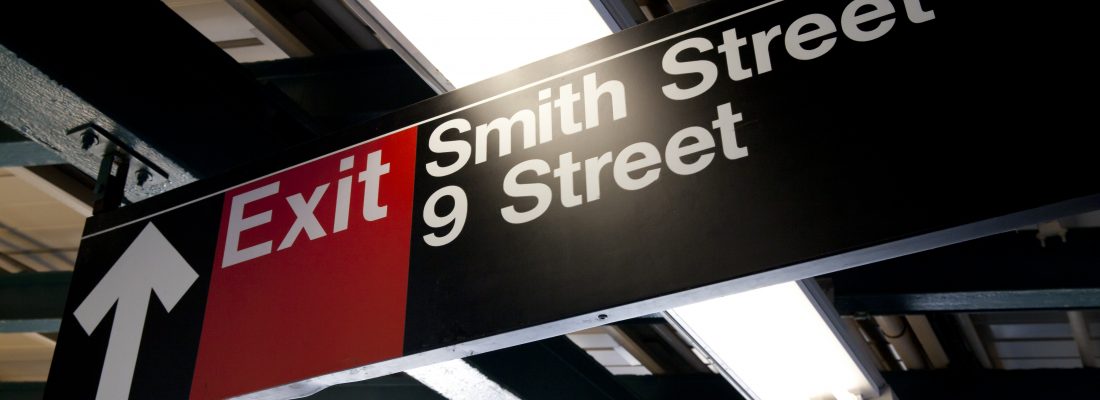
Carroll Gardens Real Estate
Carroll Gardens is a neighborhood in the New York City borough of Brooklyn. Taking up around 40 city blocks, it is bounded by Degraw and Warren Streets (north), Hoyt and Smith Streets (east), Ninth Street or the Gowanus Expressway (south) and the Brooklyn Queens (BQE) and Gowanus Expressways (west). The neighborhoods that surround it are Cobble Hill to the northwest, Boerum Hill to the northeast, Gowanus to the east, Red Hook to the south and southwest, and the Columbia Street Waterfront District to the west.
Buying a Carroll Gardens Home
If you are a Carroll Gardens, Brooklyn, NY home buyer, our foremost goal is to provide you with exceptional customer service. Our goals are to help you purchase the right home, make sure you don’t miss out on any homes that meet your needs, and make sure you don’t pay too much for your next home. Please utilize our Carroll Gardens, Brooklyn, NY real estate expertise to make your home search and buying experience as stress free and rewarding as possible.
Selling a Carroll Gardens Home
If you considering selling your Carroll Gardens, Brooklyn, NY home, we utilize the latest, cutting-edge, real estate marketing tools to expose your property to the widest range of potential buyers. We are here to get your house aggressively marketed to sell as quickly as possible and for the best price! Our goals are to help you get your Carroll Gardens, Brooklyn, NY home sold, put you in the strongest negotiating position as possible, and to make it easier for you and reduce surprises.
About Carroll Gardens
Originally considered to be part of South Brooklyn or, more specifically, Red Hook, the neighborhood started to have its own identity in the 1960s. The new name came from Charles Carroll, an Irish immigrant who was the only Roman Catholic signer of the Declaration of Independence, and whose name was already attached to Carroll Street and Carroll Park. The name also reflects the large front gardens of brownstones in the Carroll Gardens Historic District and elsewhere in the neighborhood. Despite having an Irish surname, in recent times it has been known as an Italian American neighborhood.
Carroll Gardens is part of Brooklyn Community Board 6, and receives police services from the New York City Police Department’s 76th Precinct at 191 Union Street. The Fire Department of New York City’s firehouses are located at 299 Degraw Street (Engine Company 204) and 187 Union Street (Engine Company 216 and Ladder Company 108).
The area has sometimes been called “Little France” or “Little Paris” due to many French people who have taken up residence there.
Content Courtesy of Wikipedia.org

